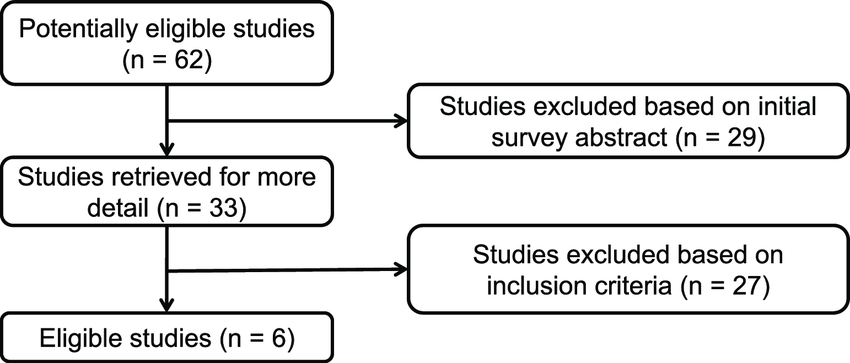Keyword: vibration

Kollock, R., K. Games, A. E. Wilson, and J. Sefton. 2016. Vehicle exposure and spinal musculature in military warfighters: a meta-analysis. Journal of Athletic Training 51(11):981-990.
Abstract
Context: Spinal musculature fatigue from vehicle exposure may place warfighters at risk for spinal injuries and pain. Research on the relationship between vehicle exposure and spinal musculature fatigue is conflicting. A better understanding of the effect of military duty on musculoskeletal function is needed before sports medicine teams can develop injury-prevention programs. Objective: To determine if the literature supports a definite effect of vehicle exposure on spinal musculature fatigue. Data sources: We searched the MEDLINE, Military & Government Collection (EBSCO), National Institute for Occupational Safety and Health Technical Information Center, PubMed, and Web of Science databases for articles published between January 1990 and September 2015. Study selection: To be included, a study required a clear sampling method, preexposure and postexposure assessments of fatigue, a defined objective measurement of fatigue, a defined exposure time, and a study goal of exposing participants to forces related to vehicle exposure. Data extraction: Sample size, mean preexposure and postexposure measures of fatigue, vehicle type, and exposure time. Data synthesis: Six studies met the inclusion criteria. We used the Scottish Intercollegiate Guidelines Network algorithm to determine the appropriate tool for quality appraisal of each article. Unweighted random-effects model meta-analyses were conducted, and a natural log response ratio was used as the effect metric. The overall meta-analysis demonstrated that vehicle exposure increased fatigue of the spinal musculature (P = .03; natural log response ratio = -0.22, 95% confidence interval = -0.42, -0.02). Using the spinal region as a moderator, we observed that vehicle ride exposure significantly increased fatigue at the lumbar musculature (P = .02; natural log response ratio = -0.27, 95% confidence interval = -0.50, -0.04) but not at the cervical or thoracic region. Conclusions: Vehicle exposure increased fatigue at the lumbar region.

Kollock, R., K. Games, A. E. Wilson, and J. Sefton. 2015. Effect of vehicle-ride exposure on cervical pathology – a meta-analysis. Industrial Health 53:197-205.
Abstract
Research to date on the effect vehicle-ride exposure has on the development of cervical pathologies in mounted Warfighters is conflicting. The purpose of this study was to determine if the literature suggests a definite effect of vehicle-ride exposure on cervical pathology. Databases were searched using multiple combinations of select terms. Twelve studies meeting the inclusion criteria were included in the meta-analysis. The results of the meta-analysis revealed that overall vehicle-ride exposure was likely to increase cervical pathology (p=0.01, odds ratio=1.59, 95% CI=1.16−2.17). Using vehicle type as a moderator it was found that vehicle-ride exposure in ground-based vehicles (p=0.01, odds ratio=2.33, 95% CI=1.41−3.85) and fixed-wing aircraft (p=0.01, odds ratio =1.59, 95% CI=1.13−2.23) were likely to increase cervical pathology. Using operator/other personnel moderator it was found that in the populations tested, fighter pilots or fighter jet weapons systems operators were more likely to develop a cervical pathology (p<0.001, odds ratio=1.78, 95% CI=1.26−2.50). The available studies indicate an increase in cervical pathology for personnel exposed to ground-based vehicles and fixed-wing aircraft.